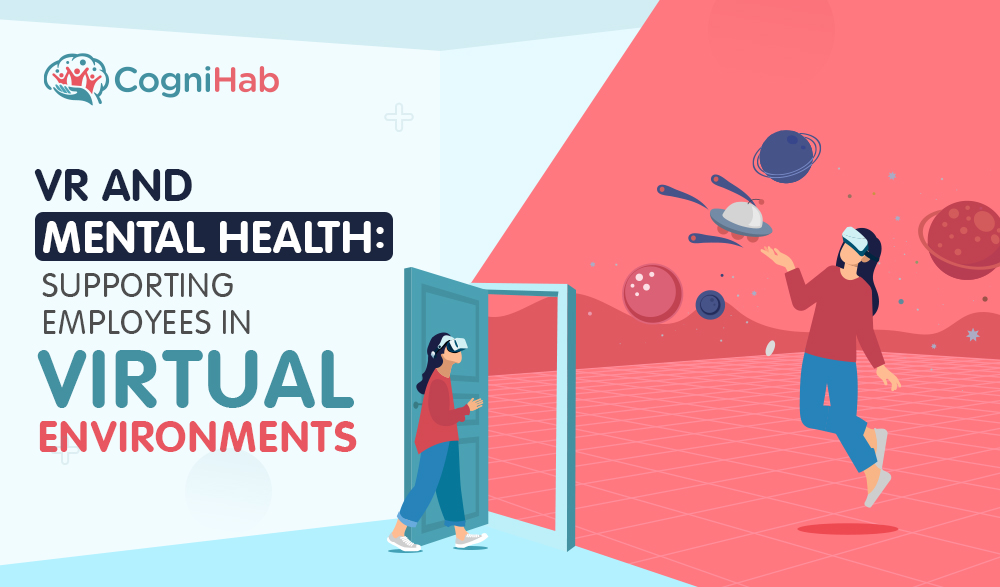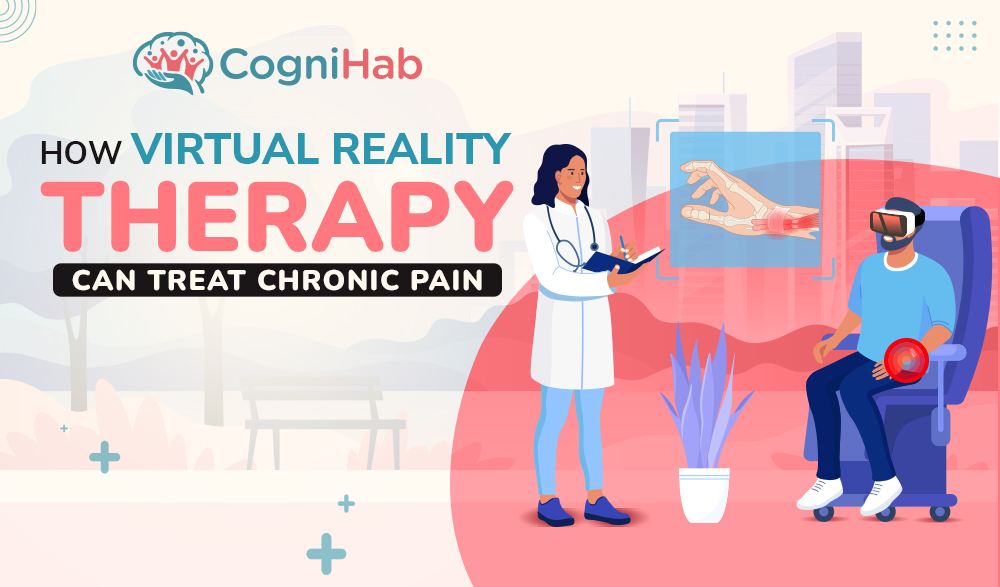Common Mistakes With Healthcare Industry Trends
Today's world is fueled by technology. However, as technology advances, it becomes increasingly challenging to stay up.
Although the primary goal of innovation is to benefit humanity, it can also have negative consequences. There are also a number of challenges that healthcare professionals may confront while dealing with new cutting-edge technologies.
Technology not only enhances competency and efficiency but also helps to improve communication across various healthcare departments and learn how vr is changing healthcare future. Because of technological advancements, it is now easier to interact and share knowledge. Everything is getting better, whether it's video conferencing, online conversations, or real-time meetings.
Blockchain, AI & Machine Learning, VR/AR, and robotic surgery are some of the significant technologies used in healthcare.
However, opportunities are often accompanied by problems.
This article will explore typical technology mistakes made in healthcare and how to overcome them.
Mistake # 1 Allow Interoperability
Electronic health records are essential for hospitals because they allow h
ealthcare personnel to access patient records from anywhere. Because this system is used by the vast majority of hospitals worldwide, interoperability becomes a concern in this situation.
Interoperability is fraught with difficulties. It is becoming increasingly challenging to maintain standardized data without duplication. Data access, however, is not always possible. Another big problem is data security.
All industries must utilize the same technology to avoid interoperability difficulties. Furthermore, cloud-based EHRs can provide a solution for centralized database management while ensuring essential security.
Mistake #2 Avoid Cyber Security
The growth of technology makes things increasingly susceptible and vulnerable to attack. Healthcare professionals have increasingly moved online, making it critical to maintain their safety and defend themselves from outside dangers.
Because healthcare professionals are reluctant to recognize the need for cyber security, they are in a high-risk zone and vulnerable to attacks.
If a breach occurs, you not only jeopardize personal patient information but you also risk a substantial fine if you are found to have breached the many compliant rules that govern the industry.
However, with cyber security, the healthcare business can avoid these uncertainties.
Mistake #3 Using Old Technology
Using a landline in the age of smartphones is certainly not a good idea. Despite all of these technical developments, many institutions continue to use obsolete technology. Outdated software introduces security flaws. Indeed, an outdated type of technology cannot contend with modern technological dangers.
Upgrading a PC to the latest available operating system is simple. On the other hand, upgrading medical equipment that is running an outdated operating system is more complicated. When feasible, upgrading is the best approach to avoid difficulties. The IT staff at the site should be familiar with every operating system currently in use.
Mistake #4 Choose Complexity Over Simplicity
Many times, healthcare professionals fall prey to attractive characteristics that are not even required. There is no point in having advanced technology if you do not know how to use it. Similarly, a complicated system with many features might be perplexing. There is no doubt that they will be useless if they are too difficult to use. No one will utilize it if there is too much data on the screen at once or if the interface does not assist users in navigating.
It is essential to explain your requirements to developers or manufacturers. You can also devote time to mastering a new technology rather than abandoning it entirely.
Mistake # 5 Complicated Tracking System
Using electronic health records for asset tracking can be beneficial and damaging. Medical workers can use it to locate anything with a barcode or RFID tracking chip. However, physicians commonly say that poorly built systems limit their ability to do their jobs, thereby turning them into EHR slaves.
The problem is with electronic health records. Experts designed the system to streamline billing rather than improve patient care, but it should be capable of both. While EHRs cannot be avoided, enrolling in provider-provided training can reduce the stress and danger of technological burnout.
Mistake # 6 Poor Implementation Problems
Healthcare practitioners who spend more time-fighting technology than caring for patients are more likely to criticize the use of technology and future iterations.
Even among healthcare professionals who favor the use and application of technology, it is vital to ensure that the outcomes of technology-assisted diagnostics are more accurate or better.
As artificial intelligence and machine learning become more ubiquitous, healthcare personnel must understand their limitations. Many machine learning models, for example, are trained on historical data and do not adapt well to changes over time when operational and learned data differ dramatically.
On the other hand, overreliance on AI/ML systems may lead to clinician complacency and a failure to cross-check or examine alternatives to the system's predictions.
With careful execution, such challenges can be overcome.
Overcoming These Technological Mistakes
It is difficult to predict the future perfectly, but you can prepare for the unexpected. Technology has significantly altered the virtual reality in healthcare industry. To maintain a competitive advantage, businesses must improve their health information technology strategy and address the developments mentioned earlier.
This involves evaluating the current level of security, data privacy, integration, user experience, performance, and service quality supplied by their existing technology stack, as well as how increasing that level may better position the firm for the future.
These benefits, however, come with new challenges. Hospitals and other healthcare organizations must constantly monitor for improvements to avoid new medical malpractice claims. They'll also have to assess how business involvement intersects with patient care.
Conclusion
Change is unavoidable, and it is always best to go with the flow. However, it is important to grasp the advantages and disadvantages of any new technology advancement. Cognihab is transforming healthcare through innovative virtual reality technology. You can learn more about the product line by visiting the website.







